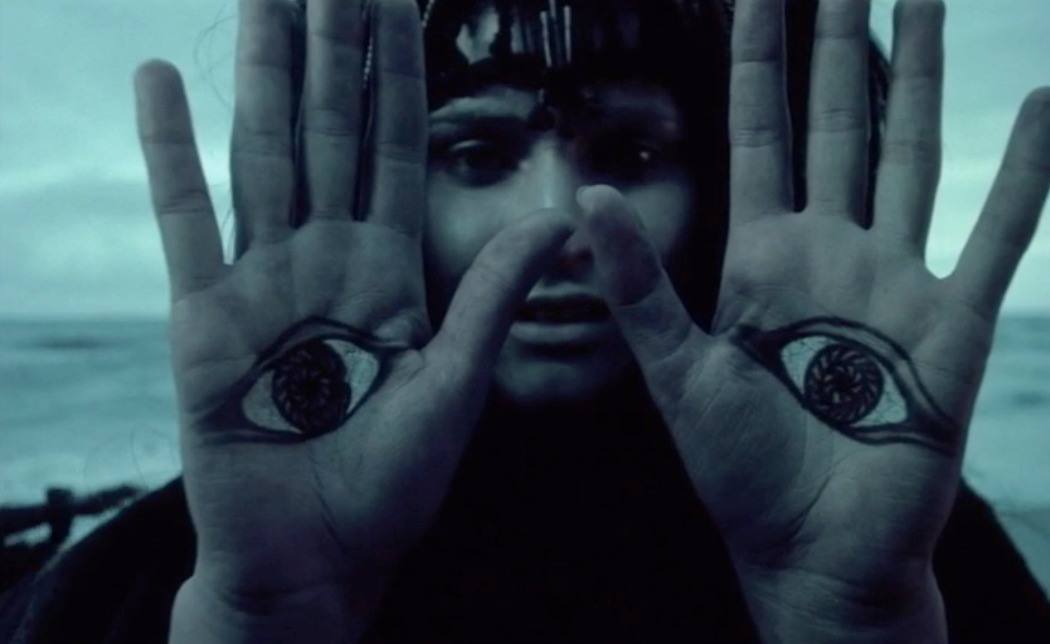
To the serious cineaste there’s something much more satisfying about quirky, cult oddities that were always intended for niche markets with very little chance of ever attaining mass appeal. The arthouse film, often the product of auteur filmmakers or non-traditional genre directors looking for more cerebral experiences and often transgressive tales deemed too avant-garde or messed up to be blockbusters or mainstream movies.
The following films may not be all that obscure to true cinephiles, but it’s likely that these 10 films have largely alluded modern audiences, unless they live in a large city with a well-run and cultured arthouse or repertory cinema. So, if you take art films seriously, study this list closely and track down those you haven’t yet seen. For rewarding treasures await, and who knows, your new cinematic obsession may well be listed amongst the titles below. Enjoy!
10. Belladonna of Sadness (1973)
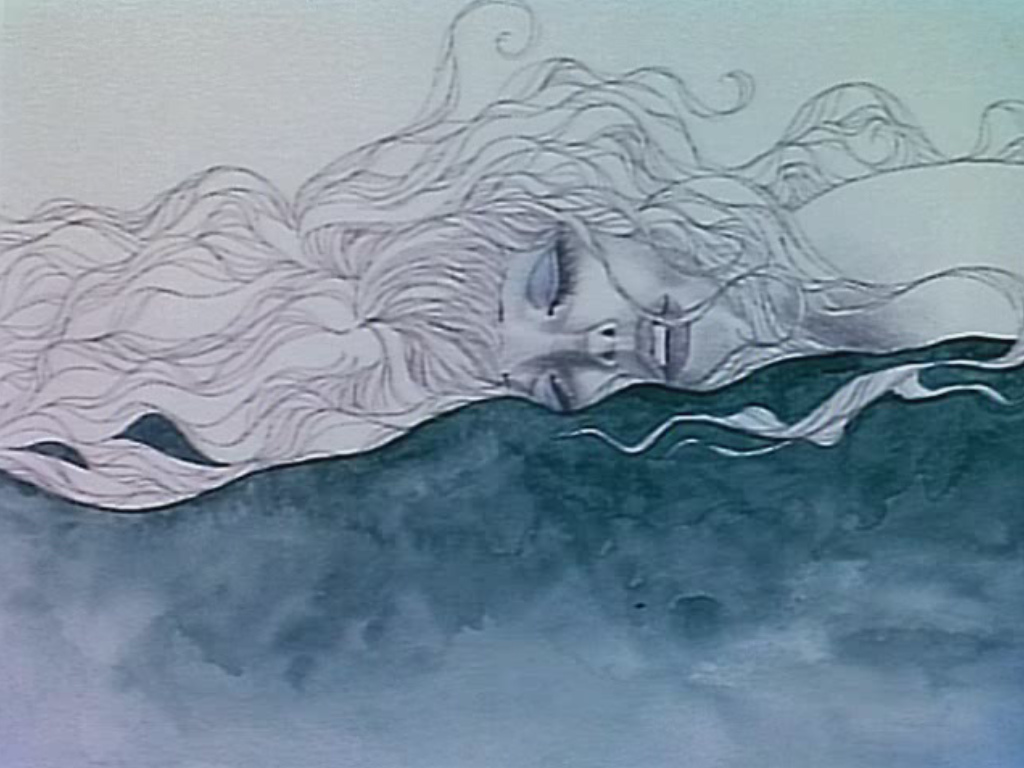
A swirling dervish of psychedelic light-show imagery that also doubles as a dubious reading of medieval tarot-card imagery with phallic symbols in blood-splattered haunted forests, Japanese director Eiichi Yamamoto (Astro Boy and Kimba The White Lion) hit a transgressive high water mark of 1970s animation with Belladonna of Sadness.
One of the great lost masterworks of Japanese animation, Yamamoto’s film was never officially released theatrically in North America, due largely to its controversial subject matter.
Adapted from French Jules Michelet‘s 1862 book “Satanism and Witchcraft”, it’s a sordid, highly sexualized rape-revenge tale concerning a peasant woman who is savagely raped by the local lord on her wedding night, she swears revenge and makes a pact with the Devil that, of course, goes awry.
The art of the film, which blends illustrations and full animation, recalls the mist-shrouded Middle Earth esoterica of J.R.R. Tolkien while the explicit eroticism suggests a lusty Gustav Klimt, and it’s all augmented by a psych-rock soundtrack from avant-garde Japanese jazz composer Masahiko Satoh. As far as arthouse animation goes, very little matches the visceral impact of the delightfully mad Sadness of Belladonna.
9. Bad Timing (1980)
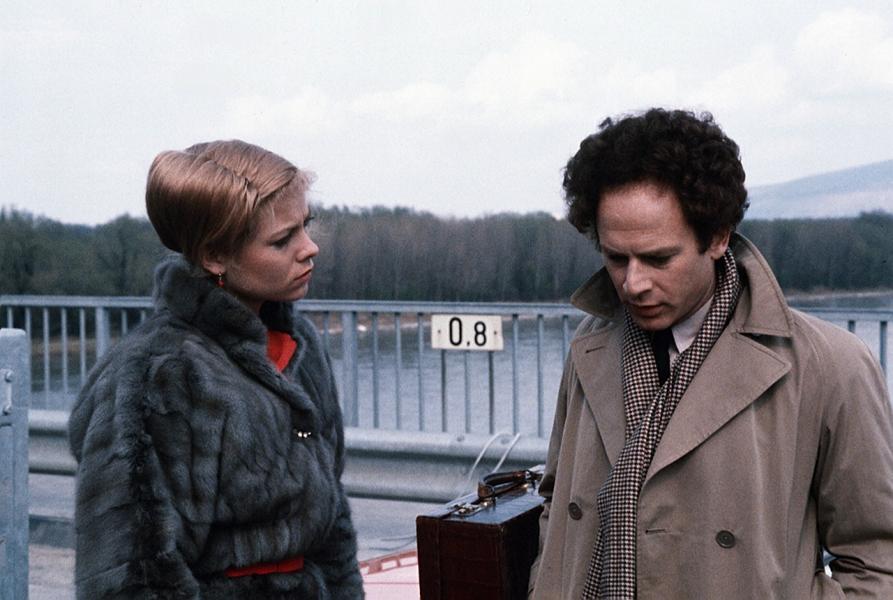
Perhaps the most polarizing film from Nicolas Roeg (Don’t Look Now, The Man Who Fell to Earth), Bad Timing is a scandalous, X-rated mini-epic that explores some very upsetting places as we get familiar with expat American psychiatrist Alex Linden (Art Garfunkel).
Living in Vienna, and not a particularly likeable lad, Alex has a potentially dangerous, and certainly unhealthy sexual obsession with Milena (Theresa Russell), a married American woman with more than a few vices.
Also added to the jigsaw-puzzle-that’s-missing-a-few-pieces narrative is Harvey Keitel’s police inspector Netusil, a man convinced that Milena’s hospitalization isn’t as cut and dry as Alex has made it out to be, and this is illustrated via the detective’s fantasized replaying of what could have gone awry.
Told in Roeg’s atypical nonlinear fashion, Bad Timing may read as experimental arthouse inanity for non-fans or those not so adventurous. But Roeg takes pains to detail the voyeuristic psychoanalysis of a wronged relationship, as well as the wistful and lascivious elements of an affair; how despairing people still hold powerful passions, and how some actions are too horrible to be easily or ever forgiven.
8. Velvet Goldmine (1998)

In Velvet Goldmine the glitter rock androgyny and artifice mixes with Oscar Wildean affectation and embellishment thriving through the ages –– though mostly during 1970s London.
There’s a playfully camp and intellectually bright glow to Todd Haynes’s substantial analysis of Brian Slade (Jonathan Rhys Meyers), a Bowie-esque pop performance icon and his lavish fandom, including a genre-defying contemporary in Curt Wild (Ewan McGregor, in a role that alloys aspects of both Iggy Pop and Lou Reed), and Arthur Stuart (Christian Bale), a sexually conflicted rock journalist and super fan.
Surreal, theatrical, erotically charged, and also something of an homage to Welles’s Citizen Kane, this is an operatic and fierce fever dream of a film. For fans of art, music, and free expression, Velvet Goldmine is the chiming and melodious mother lode.
7. Permanent Vacation (1980)
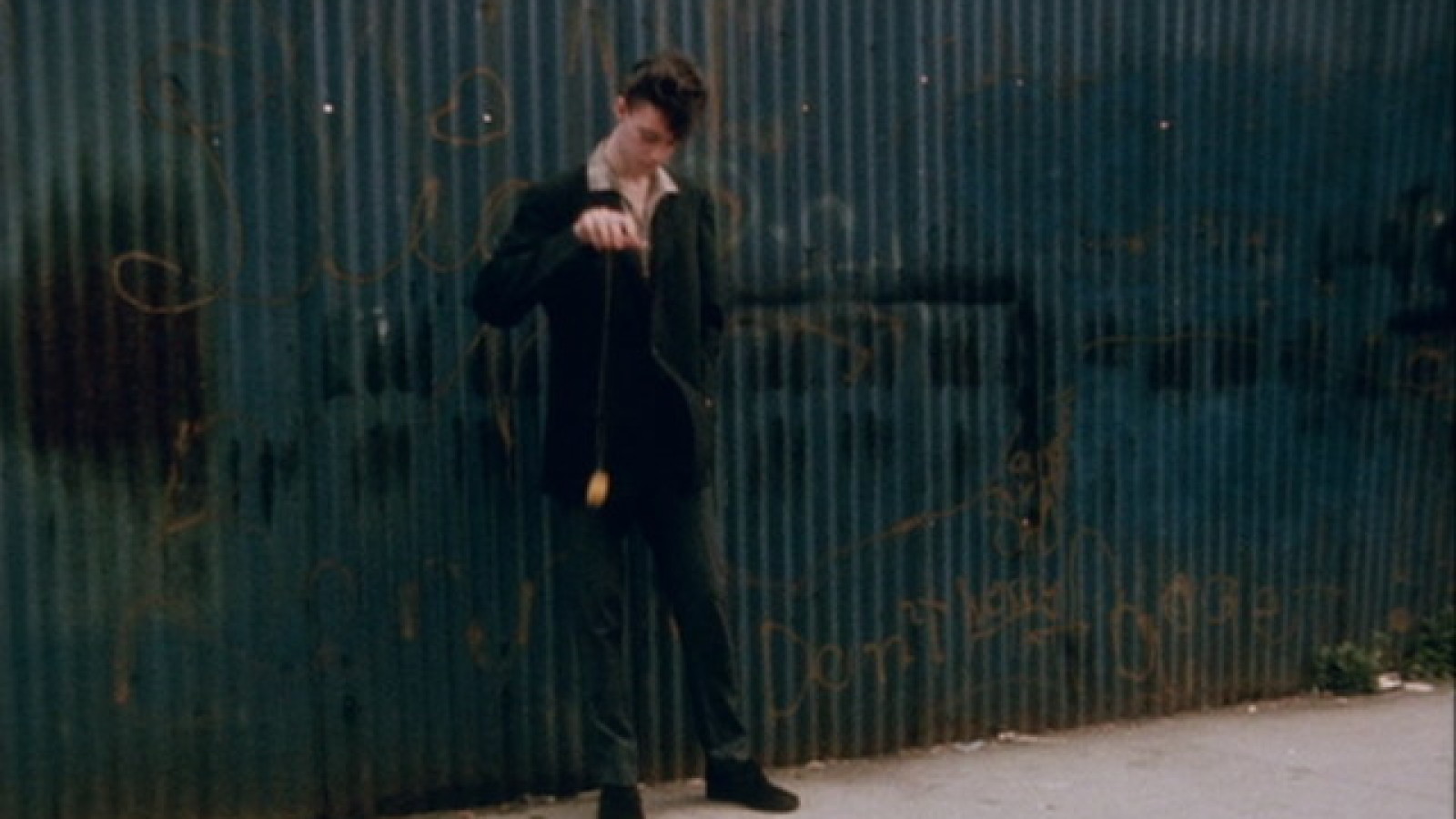
Jim Jarmusch (Down By Law, Only Lovers Left Alive) made his auspicious debut with Permanent Vacation, and won the Josef von Sternberg Award at the 1980 Mannheim-Heidelberg International Film Festival, indicating that while it may be his most novice project, it also in many ways is Jarmusch’s quintessential film. Not only does this artful 16mm minimalist production radiate a low-key cool, it also shows the emergence of his original formalism and character design.
Set in a smirched and near colorless Manhattan, a young drifter (Chris Parker) shuffles about in a half-hearted search for meaning that has him mingling with a peanut gallery of eccentrics including his girlfriend (Leila Gastil), a gifted sax player (John Lurie, who also provided the memorable score), a French traveller (Chris Hamoen) and more.
Permanent Vacation was Jarmusch’s final year university project, and while it never got a theatrical release, it’s an enjoyable detour displaying the wry emotion and urban ambient of his most personal and venerated works.
6. Lucifer Rising (1972)
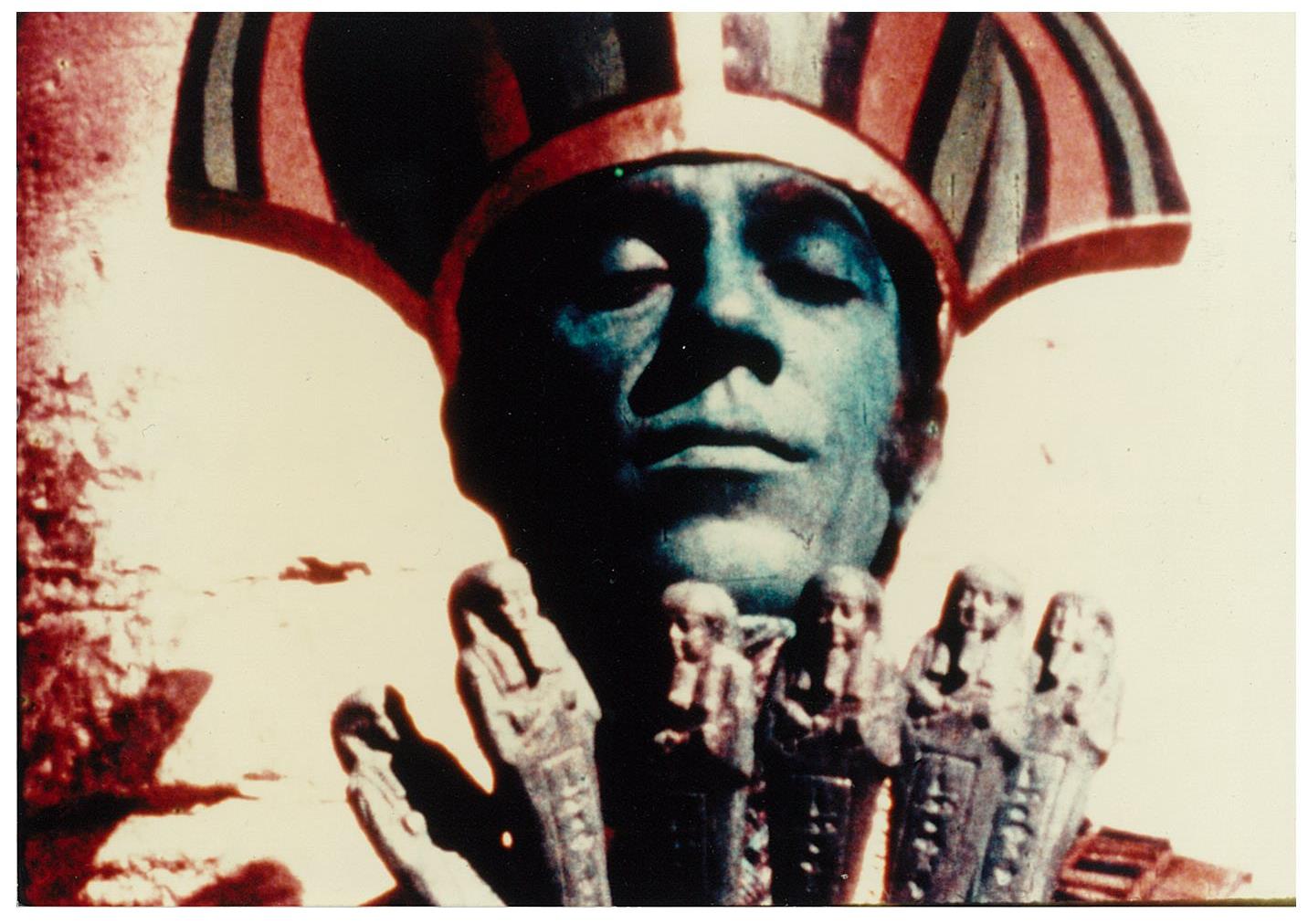
Is there a filmmaker alive today that’s as notorious, and otherworldly as nonagenarian and old hand, Kenneth Anger? Of course not!
Easily Anger’s most ambitious and expansive film, Lucifer Rising (the final film in Anger’s Magick Lantern Cycle) was an elaborate production filmed largely in Egypt with Anger playing the role of the Magus, Marianne Faithfull as Lilith, Chris Jagger (Mick’s brother) as the Man in the Yellow Tunic, Scottish filmmaker Donald Cammell as Osiris, and Myriam Gibril as Isis, rounding out the cast.
Alien spacecraft, Egyptian symbolism, and locales pertinent to Aleister Crowley’s famed “The Book of the Law” (1904), regarded as the sacred text of Thelema, populate and navigate the film. Lava flowing, skies swollen with storm clouds, glimpses of Stonehenge and the Great Pyramids compete with cobras, crocodiles, and stampeding elephants, all mid-magick formula, a blue-skinned Faithfull (looking authentically strung-out), green-fleshed Cammell, the genealogical Sphinx, all enigma and ancient, everything alien and oracle.
Lucifer Rising is a classic of experimental arthouse cinema, and the crowning work of a true visionary.